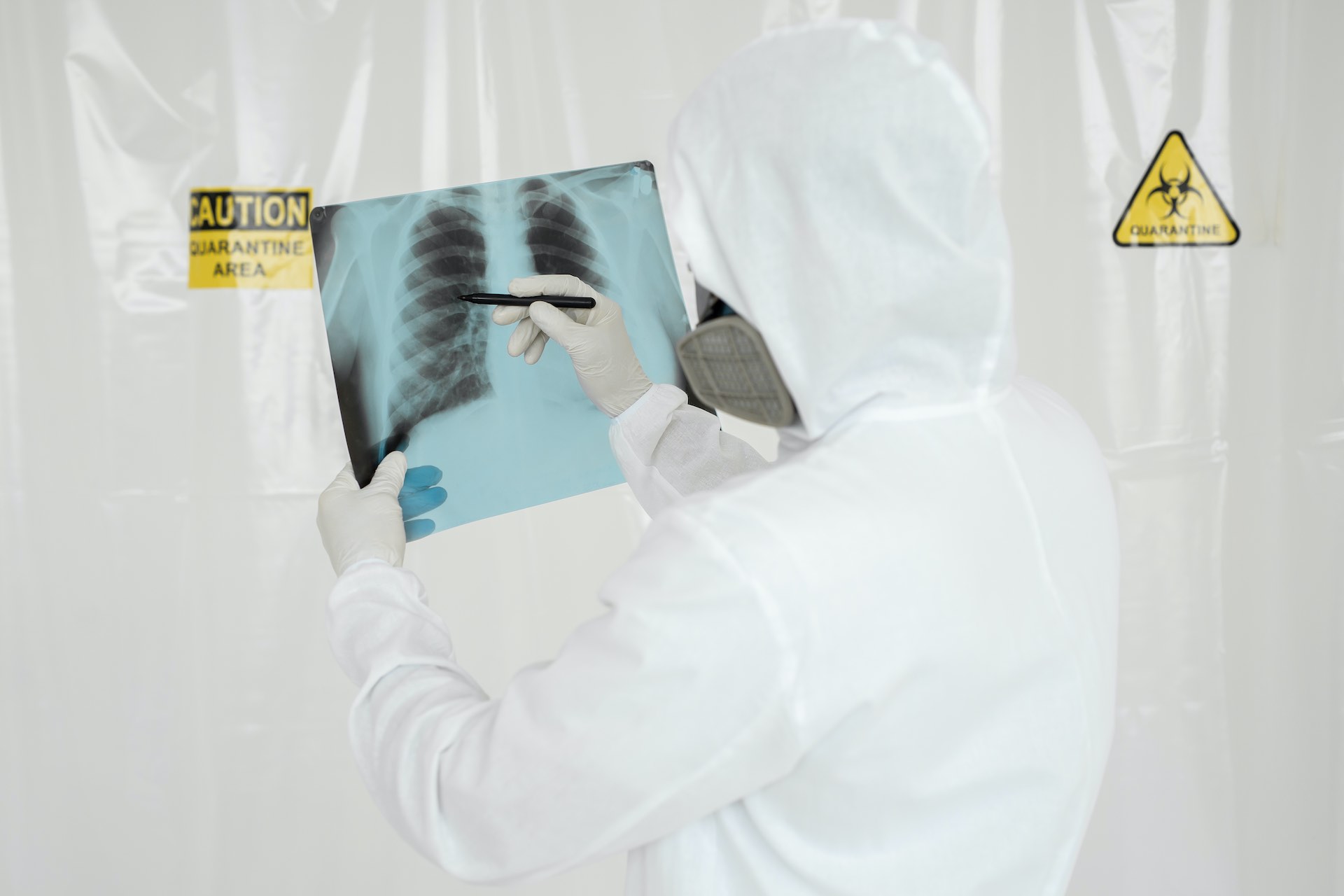The Communicable Disease Centre (CDC) at Hamad Medical Corporation (HMC) continues to educate the Qatar community about TB and work towards its eradication worldwide in honor of World TB Day on March 24. Dr Muna al-Maslamani, director of the CDC, said TB remains one of the deadliest infectious diseases worldwide.
 International Covid-19 disruptions to health services have prevented the diagnosis and treatment of tuberculosis, multi-drug-resistant tuberculosis, extensive drug-resistant tuberculosis, and latent tuberculosis and HIV co-infection, Dr al-Maslamani stated. Over 4,100 people die from TB every day, and close to 28,000 people fall ill from this preventable and curable disease. Since the year 2000, global efforts to combat tuberculosis have saved an estimated 66 million lives.
International Covid-19 disruptions to health services have prevented the diagnosis and treatment of tuberculosis, multi-drug-resistant tuberculosis, extensive drug-resistant tuberculosis, and latent tuberculosis and HIV co-infection, Dr al-Maslamani stated. Over 4,100 people die from TB every day, and close to 28,000 people fall ill from this preventable and curable disease. Since the year 2000, global efforts to combat tuberculosis have saved an estimated 66 million lives.
The infectious disease tuberculosis, also called TB, is contagious and typically affects the lungs. Other parts of the body, such as the brain and spine, can also be affected. The disease is caused by a type of bacteria called Mycobacterium tuberculosis. TB is classified as latent or active. Active TB symptoms include a prolonged cough, coughing up blood, chest pain, unintentional weight loss, fatigue, and night sweats.
Dr Al-Maslamani said the CDC is the region’s first dedicated to the diagnosis, treatment, and prevention of infectious diseases. “At the CDC, we have a highly specialized clinical team of nurses, physicians and allied health professionals that provide consultations, treatment and support for patients who either have TB or may have been exposed to the disease,” she said. In 2021 there were a total of 438 admissions to the CDC’s TB wards and 6330 patients referred to specialized TB clinics.
“The theme for World TB Day 2022 is Invest to End TB and this includes not just in treatment and new tools, but also in education and prevention. We have come a long way in terms of awareness and knowledge about TB but there is still much to be done to raise public awareness of TB both in Qatar and internationally. The more we educate people about risk factors and prevention, the greater the chance we have to eliminate it,” she added.
